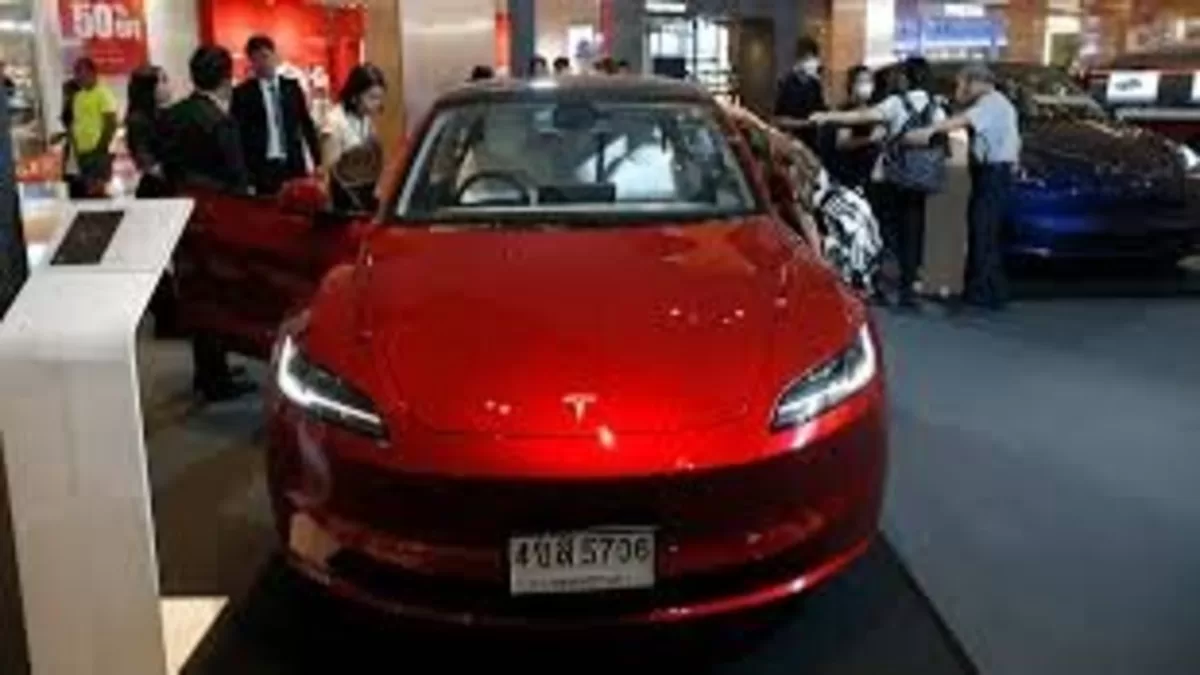Tesla stock on the rise as Q2 deliveries beat expectations
Tesla (TSLA.O) reported a smaller-than-expected 5% drop in vehicle deliveries for the second quarter on Tuesday. The electric carmaker’s price cuts and incentives helped counteract a decline in demand, leading to a rally in Tesla shares, which surged over 10%, reaching their highest level in nearly six months.
Q2 Deliveries and Stock Performance
Tesla delivered 443,956 vehicles in the three months ending June 30, a 4.8% decrease from the previous year but a 14.8% increase from the preceding quarter. Wall Street analysts had anticipated 438,019 deliveries, making Tesla’s performance a positive surprise. The majority of deliveries were Model 3 and Model Y vehicles, totaling 422,405, with the remaining 21,551 units consisting of other models like the Model S, Cybertruck, and Model X.
Analysts like Garrett Nelson from CFRA Research believe the better-than-expected deliveries ease concerns about weakening EV demand. The rally in Tesla’s stock was further supported by positive momentum following the re-approval of CEO Elon Musk’s 2018 compensation plan at the annual shareholder meeting in mid-June.
Mixed Reactions from Analysts
Despite the positive delivery numbers and stock rally, some analysts remain cautious. Research firm Edmunds expressed concerns that Tesla might be exhausting its strategies of price cuts and incentives. Nonetheless, the anticipation of Tesla’s upcoming robotaxi reveal on August 8 provides a potential positive outlook.
Tesla’s performance varied across regions. While the company does not disclose regional sales data, analysts noted stronger-than-expected sales in China and the United States. In contrast, European sales were weaker, dropping 36% in May due to reduced EV subsidies and lower demand from fleet operators.
Competitive Landscape
Tesla’s competitors also reported notable performance in the second quarter. Rivian’s deliveries rose by about 9%, while GM’s EV sales jumped 40%. Hyundai and Kia also posted sales gains. In China, BYD saw a 21% increase in battery electric vehicle sales, highlighting the competitive pressures Tesla faces, particularly from affordable models in the Chinese market.
Future Outlook and Challenges
This quarter marks the first time Tesla has reported a year-on-year sales decline for two consecutive quarters. Elon Musk has expressed optimism about increasing deliveries in 2024, but Wall Street remains skeptical, expecting a potential drop due to waning sentiment around EVs.
In response to these headwinds, Tesla has implemented aggressive cost-cutting measures, including layoffs and scaling back strategic plans for an affordable $25,000 model. Instead, Musk has shifted focus to self-driving cars and new models based on current platforms, with potential releases later this year. However, investor and expert skepticism about the feasibility of perfecting self-driving technology remains.
Despite the challenges, Tesla’s stock saw a 7.7% increase, reaching $226.11 on Tuesday afternoon. The shares, however, have declined about 9% this year. As Tesla navigates these turbulent waters, the company’s ability to adapt and innovate will be crucial in maintaining its market leadership in the EV industry.
#Tesla #ElectricVehicles #ElonMusk #StockMarket #EVNews
